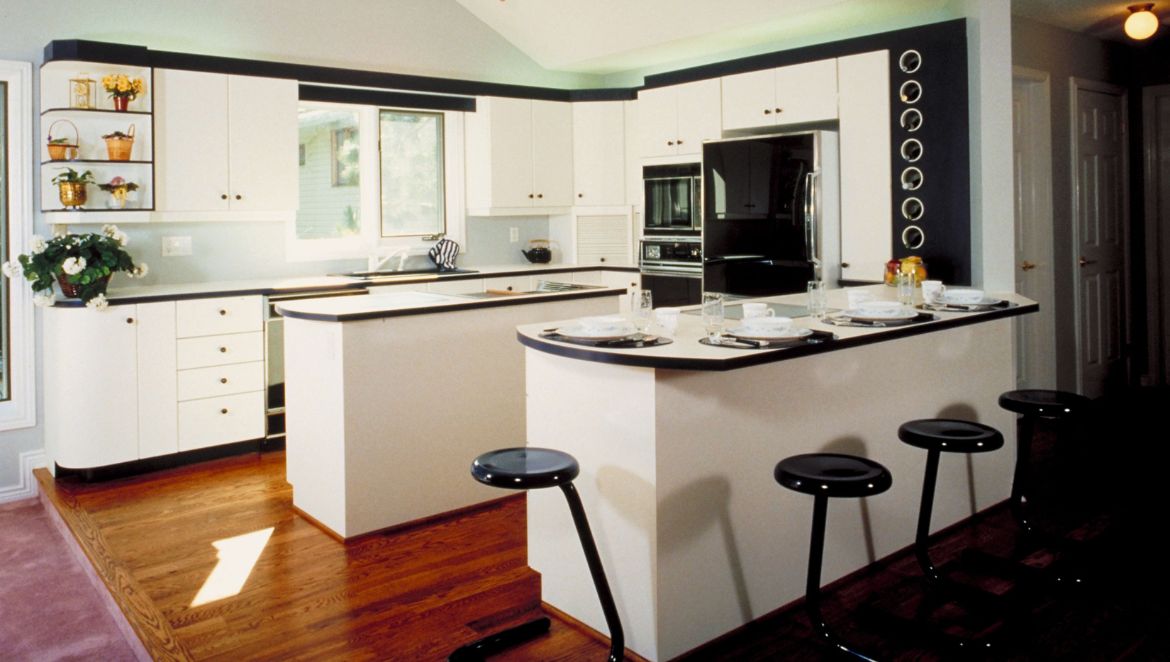
An integral part of any large kitchen layout, islands facilitate increasing counter space, storage space, and sufficient dining area space. It also offers a visual focal point for the kitchen area to appeal to all. They are known to serve various functions and can be designed to transform the look of a modern home. The meticulous incorporation of stools or chairs, sinks, drawers, and even dishwashers and microwaves matter the most in Multifunctional Kitchen Islands. That is why such kitchens have already gained popularity.
Our exclusive solutions
Here, at Veneta Cucine, we help determine which elements to include and how to arrange them. We make sure to decide on the primary purpose or the focus of the island. Therefore, we work with precision after knowing whether it would be primarily used to serve as a perfect place for a breakfast bar, a space to entertain guests, an extension of the kitchen, or something else. Taking all these functions into consideration, we see how it can enhance the kitchen workflow vis-a-vis the rest of the area.
Coupled with the basic accessibility requirements, these factors make it necessary for the design of the island to be carefully thought out. Here, our assistance can prove to be a great deal as far as designing your multifunctional kitchen is concerned. Some of the essential factors of the kitchen island are enumerated below.
Sizing is Important:
,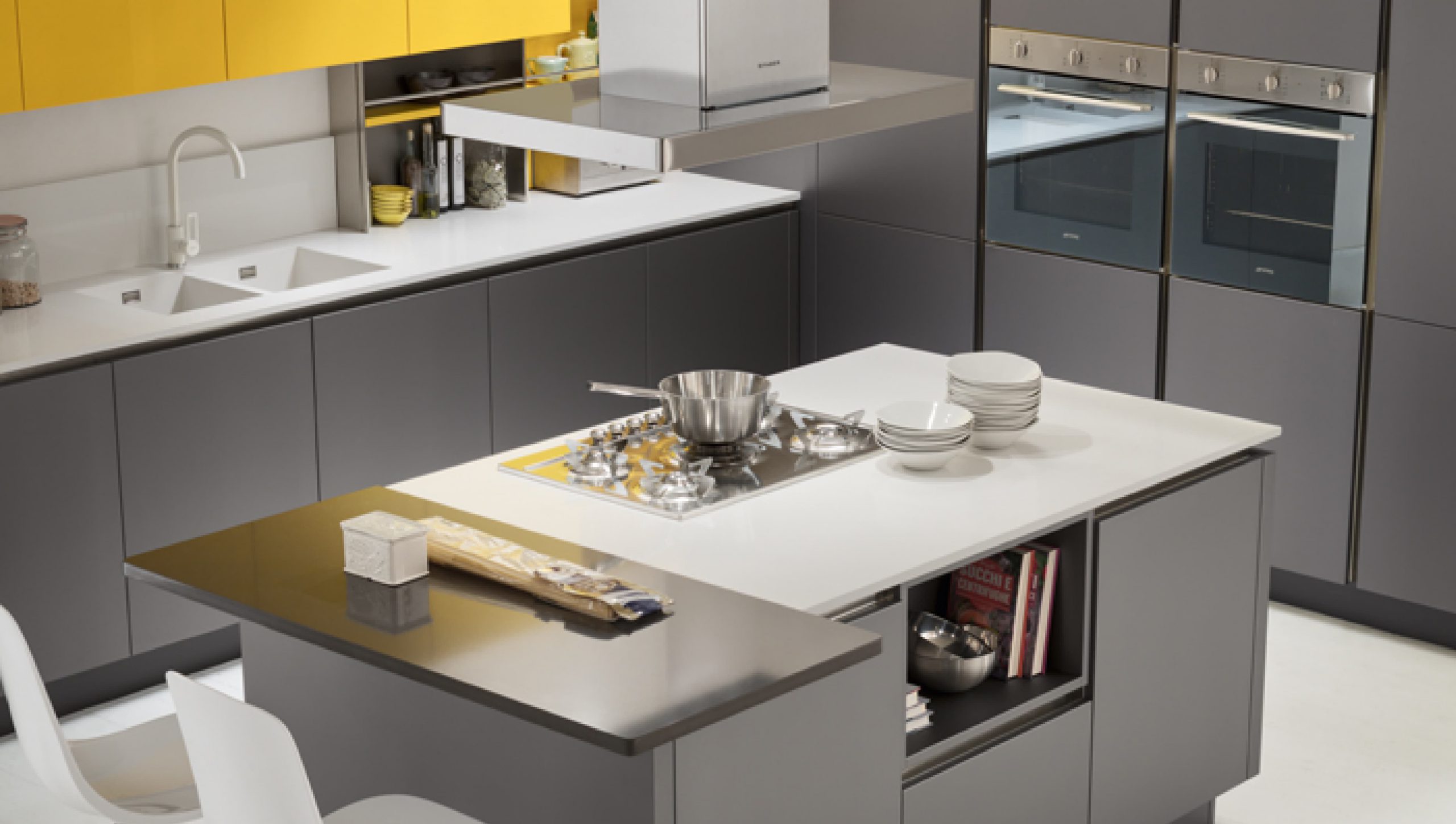
The size of the kitchen island is vital beyond measures. It fulfils both aesthetic and functional purposes; therefore, it can’t be ignored. An island that is too large will swamp the kitchen, inhibiting movement, and potentially, the workflow of someone cooking or washing the dishes will get limited, lowering the space’s functionality. Thus, we ensure that the island has at least four feet of space on each side, providing enough space so that appliances can be opened unhindered and people may walk comfortably through the area.
In sharp contrast, too small an island may indicate that the idea of an island was unnecessary to begin with. Having little counter space, storage space, appliances, and seating space might give one the feeling that it should rather be replaced with any cart or a table. If your kitchen happens to be small enough ,then the island must not exceed two or three feet in length, we would suggest you leave the space open. An ideal kitchen island must be at least three feet wide and four feet long so that the double cabinets or a bar overhang can be accommodated easily. Any perfect kitchen large enough to accommodate an island is supposed to be at least 13 feet long.
Varying Number of Appliances:
,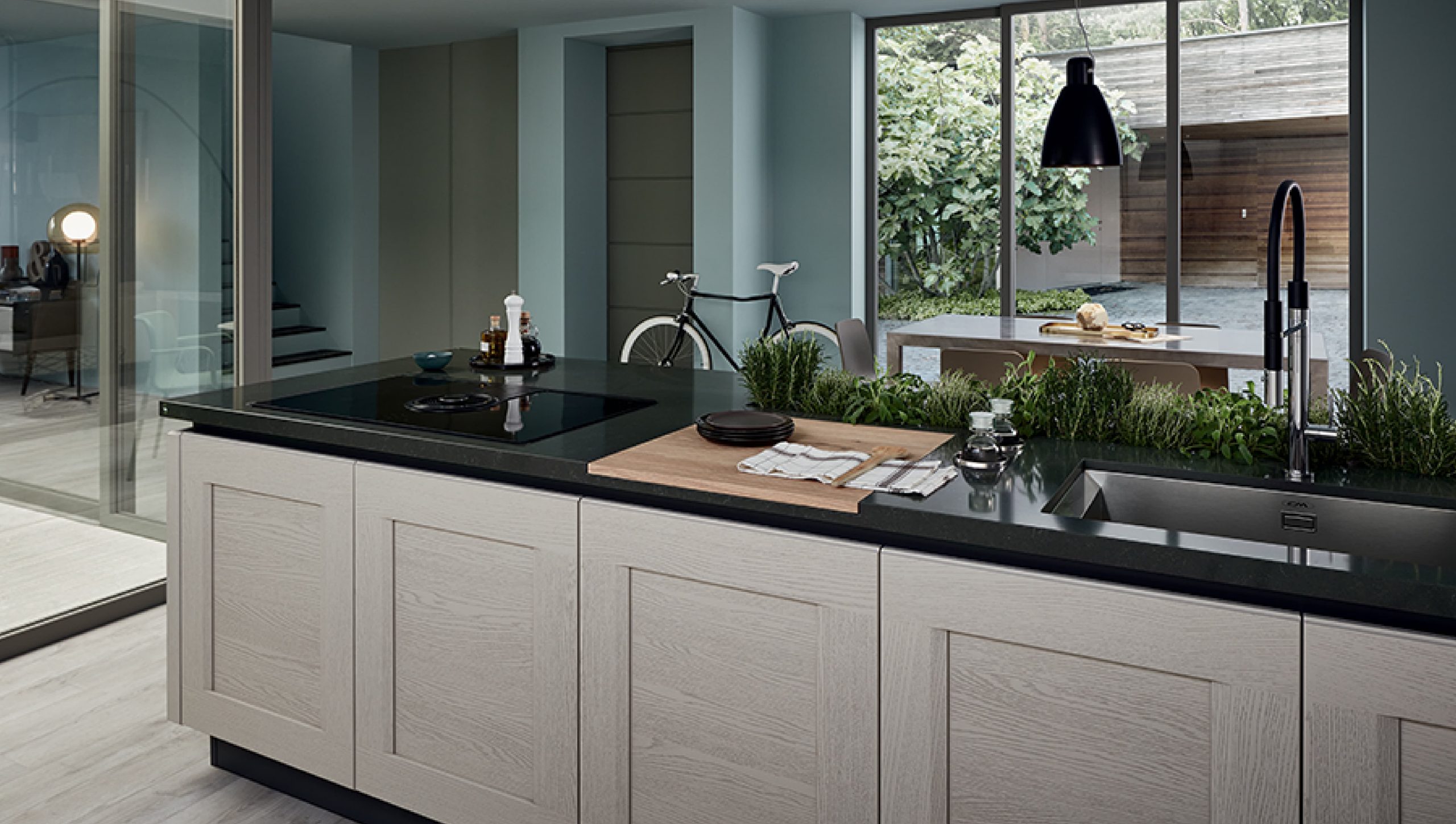
Kitchen islands can have a varying number of appliances that include the sink, microwave, dishwasher, or even a stove, depending on the size of the kitchen and the desired workflow for the users concerned. It may prove to be a great idea to have only drawers and cabinets on the island alongside a breakfast bar or seating area. To avoid overcrowding the island, you must carefully choose which appliances to include rather than selecting them all.
Kitchen Workflow:
,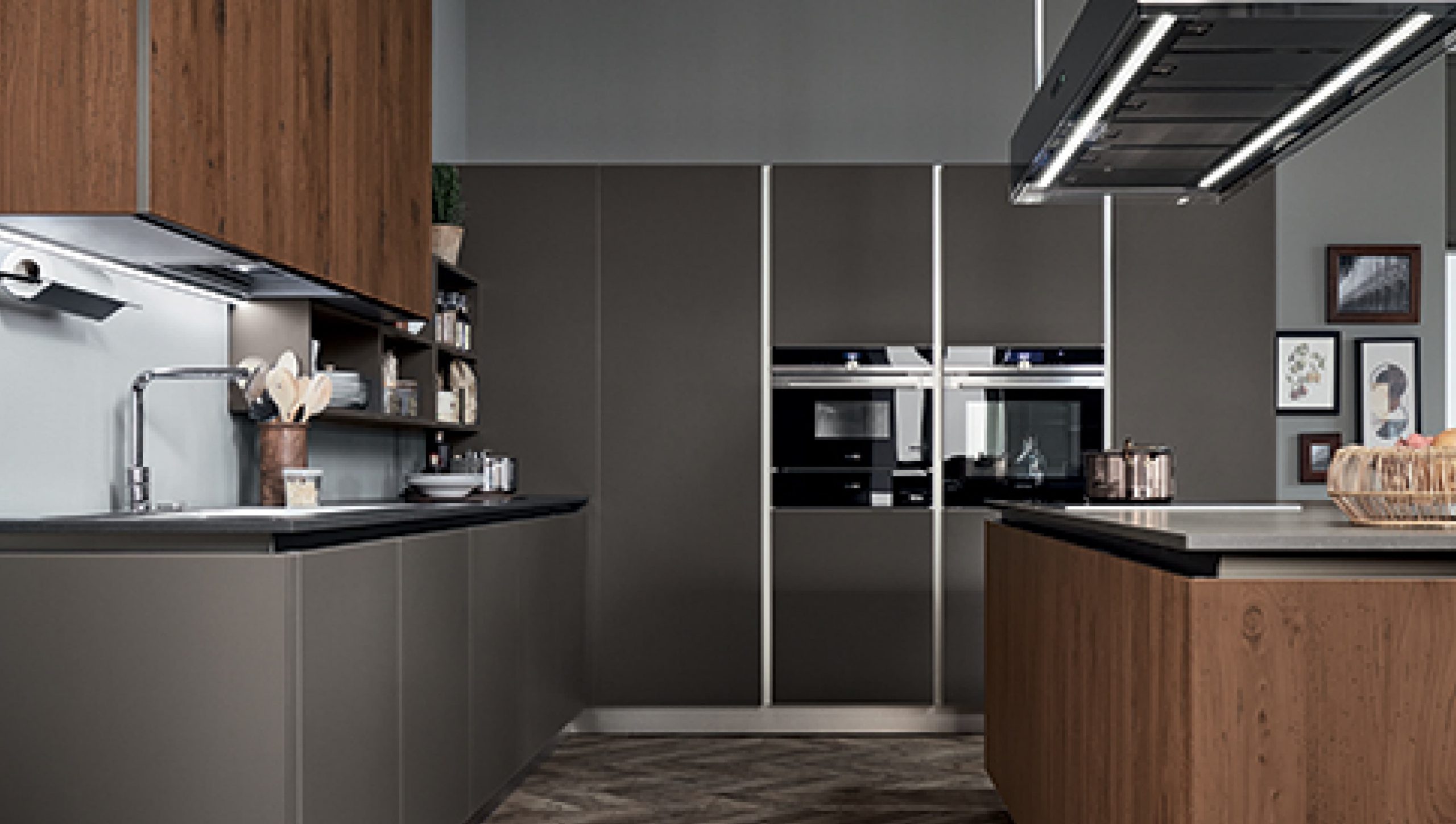
This fact can’t be ignored that these considerations are closely linked to the issue of kitchen workflow. As with any interior space, flows of movement and areas of pause and expected routines besides appliances’ relationship must be considered while designing.
According to a common rule called the ‘working triangle’, each workspace—i.e. a stovetop, sink, fridge, or oven- should be four and nine feet apart. Adherence to this rule will allow the users to work at ease and best of their comfort zone. Seating arrangements should be planned to enable the users to eat comfortably, ensuring that no mess is created. Ergonomic concerns, after all, are an inseparable part of designing for spaces as active as the kitchen.
Striking a Delicate Balance with Storage:
,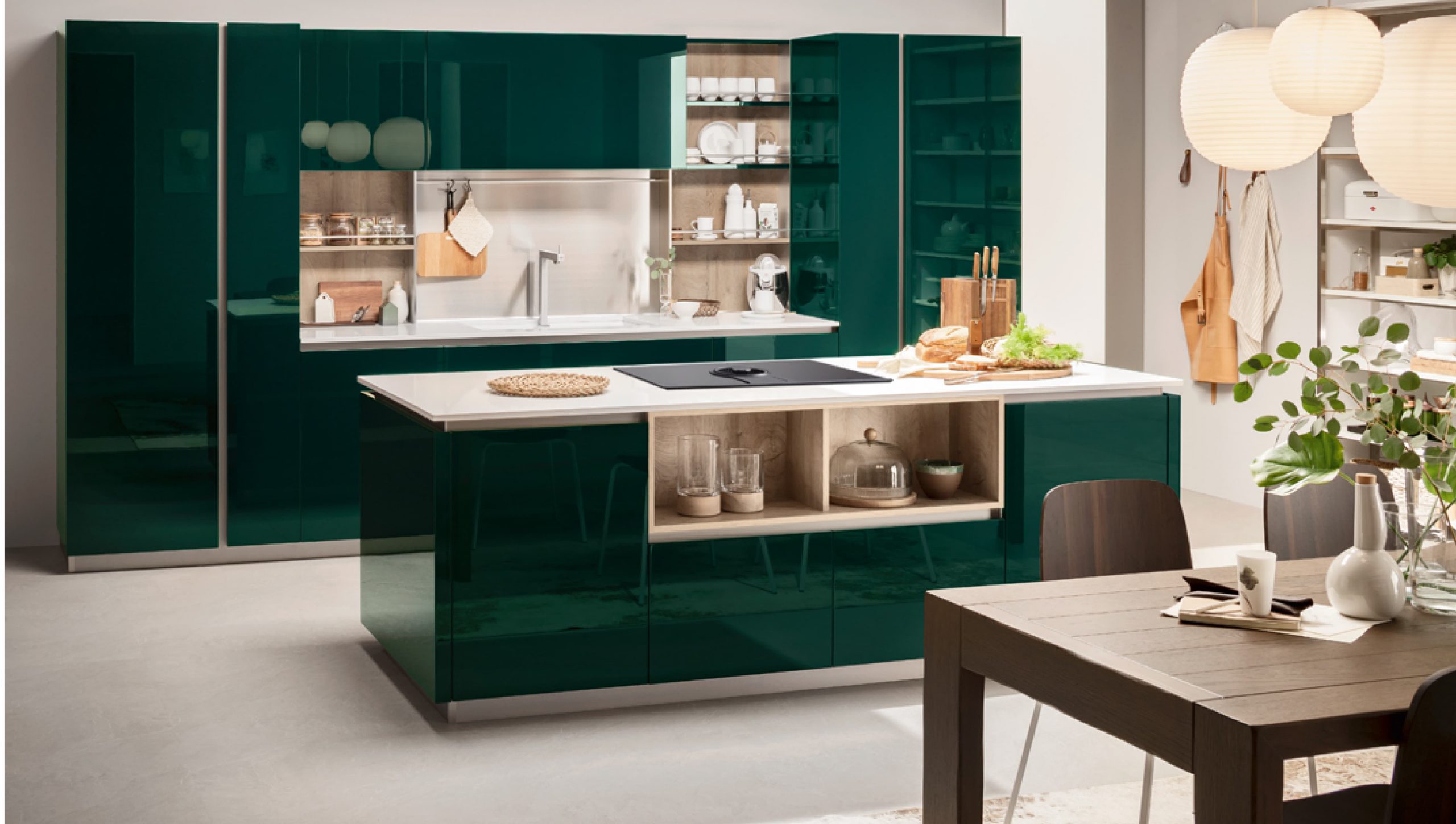
Storage considerations are linked to concerns of appliances and workflow. Strike a delicate balance between incorporating additional workspaces and maximizing storage in the kitchen island.
Proper Lighting:
,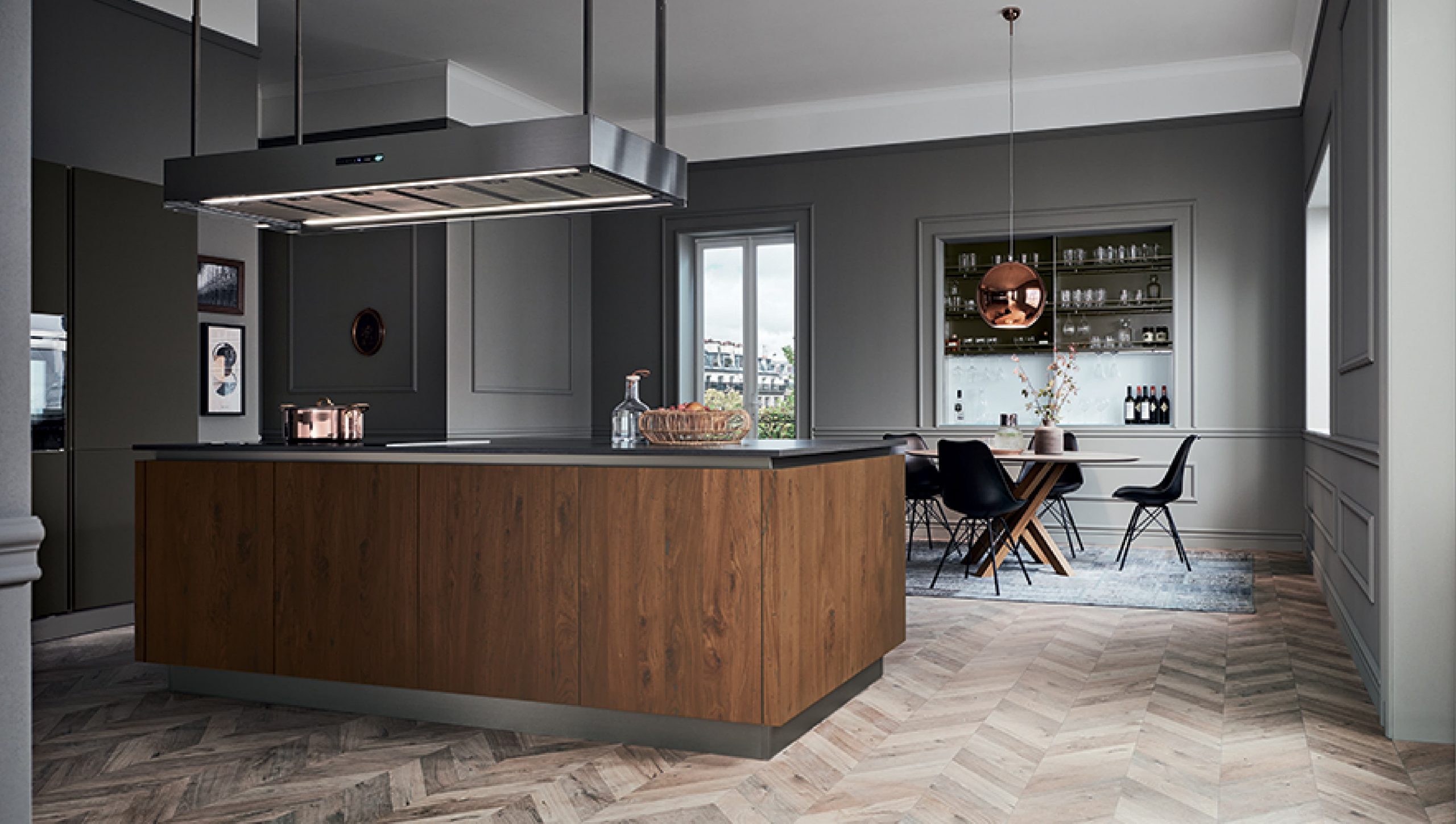
Finally, lighting is one of the most notable factors which can aesthetically make your kitchen island stand out. You can find many islands incorporating accent lights, such as pendant lights or other statement lighting pieces. Adequate lighting is essential, particularly for islands with breakfast bars and cooktops, so that the users can see their food, whether they are cooking or eating.

© Veneta Cucine 2024
WhatsApp us